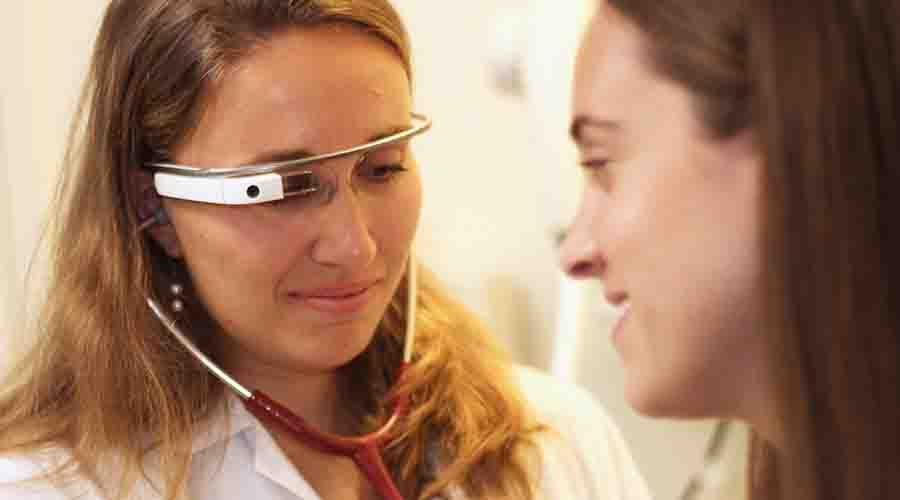
Google is a company that is known for its constant innovation. They have always come out with products that are different and out of the box on a regular basis. Google’s AR goggles, the google glass was no exception to this. It looked like something straight out of a sci-fi movie. And although there was a lot of hype surrounding the product when it came out in 2012, it slowly fizzled out and was no longer a part of the mass consumer scene by 2015. The google glass may not be available to the average consumer anymore, but that doesn’t mean the company has completely terminated it. The product has now taken a new avatar and is targeted towards a different segment.
The new version has been rebranded as the Glass Enterprise Edition and is being sold as a business to business product, ie..it is being sold directly to big companies for industrial use. Companies such as boeing and DHL are some amongst the many Google Glass users. And most importantly, it is also being used in the health industry. The product aims to make life a whole lot easier for doctors the world over.
Diagnosing and treating a patient is no joke. The doctor might have to run through several scenarios and heaps of complex medical data in his/her head to get the job done. And when you couple that with the additional task of documenting the whole process, it becomes all the more difficult. This is where the Google Glass Enterprise Edition comes in. It basically acts as a high tech streaming device with tried and tested scribing experts to do the documentation at the other end. This way doctors can continue interacting with their patients without having to assign any time for writing medical records.
Companies such as Augmedix employ trained scribers from countries such as India, Bangladesh and the U.S to create structured medical records for doctors. By wearing the Google Glass, doctors can stream visual and audio data through their glasses to the scribing professionals. The scribers analyze and create records as they receive information and also feed it back to the doctors in real time for additional use.
Although it may look like a job that can be accomplished using basic AI, it is not as simple as it sounds. The scribers do not just note down what the doctor or the patient says word for word. They thoroughly analyze data based on what they hear and see and create neatly structured, informative records. Since companies such as Augmedix provide doctors with the professional human touch that is required, they can unhesitantly adopt this technology without having to worry about errors in the data.
It is also not something that is forced upon the patients. The industry understands that some patients are just more sensitive than others. If they feel uncomfortable with the fact that another person is looking at them on a screen or with any other aspect of the practice, he/ she could simply just skip it. But that being said, 98% of the patients end up giving consent as by doing so it just provides the doctor with more flexibility and hence improves the entire process of diagnosis.
Although the google glass line didn’t catch on during its early days, the shift in focus and the continual progress the company makes each year has now helped it achieve a new purpose. The product has already undergone a lot of changes and with time will only continue to receive more improvements and better lives. The possibilities for this innovative piece of tech is endless. What else will the brilliant minds at Google come up with in the future? Only time will tell.
